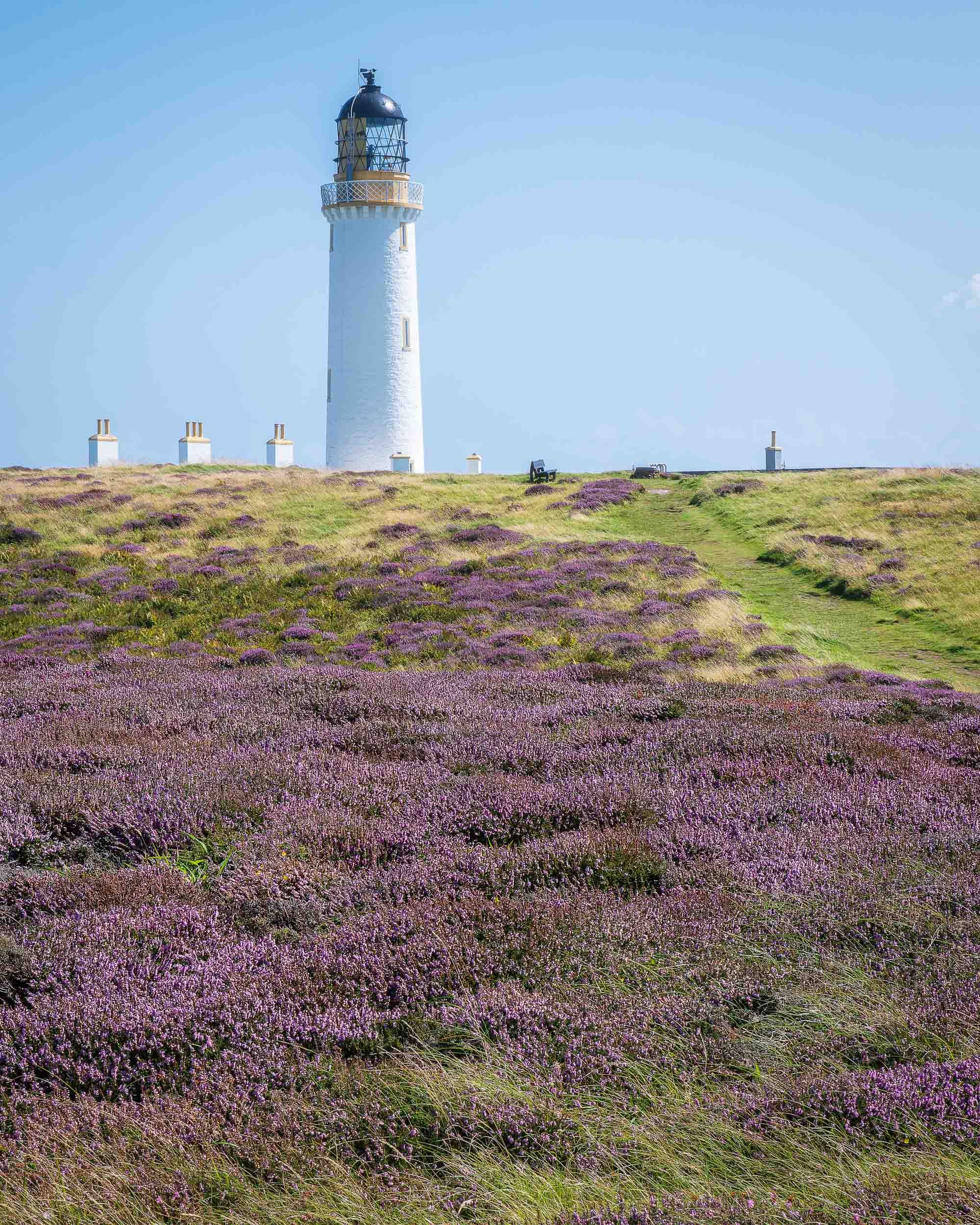August: month in review
August: another busy month photographing in surprisingly dark conditions…
Woodpecker
Fujifilm X-H2S | 300mm f/5.6 1/1000s ISO 12,800
What’s this month’s image? For the second month it’s a bird. this time a woodpecker captured near a feeder at Kirroughtree in Dumfries and Galloway. With the exception of a couple of ill-mannered locals, it’s a good spot for both wildlife and dark skies.
Did you do anything to it? A little more than usual… The feeding area is underneath the canopy of some quite dense woodland, so there’s generally very little light. The real challenge is getting a clean image (more of which later). This is taken at a high ISO - 12,800 - and was probably at least a stop under-exposed. I’ve used DXO PureRAW to denoise the image and then selectively lifted the exposure, shadows and clarity on the bird itself. Aside from that, there’s very little else done.
What’s it doing here? We managed a couple of nights away down at Gatehouse of Fleet in Dumfries and Galloway. I hadn’t gone with the intention of shooting wildlife images, so the kit used here is not optimal, but it’s still produced a result that I’m very pleased to have taken.
The camera used has an APS-C sensor, smaller than full frame, and the lens was on the slow side with a relatively narrow maximum aperture. Despite that it’s handled the scene quite well. It’s an illustration, if one were needed, that there are very few bad cameras being made. It’s also a good illustration of where ‘proper’ cameras still have a distinct edge over mobile phone. In a scene like this, a decent sized sensor and good optics really to pay dividends. While phones may have the edge in computational photography, they’re generally at their best with wider scenes and good light.
I think the image above also illustrates just how far we’ve come in a short time with image quality generally. I simply wouldn’t have been able to get this shot 10 years ago (my first decent camera had its ISO limited at 1600) and even three years ago getting this quality out of a scene like this would have been challenging. Two things have changed; sensor performance and processing software.
In terms of camera technology, 50+ megapixel cameras have been around for close to a decade. In recent years the battleground for manufacturers shifted from sensor resolution to dynamic range, low light performance and, more recently, autofocus performance. Cameras produced using the latest generation of sensor technology are much more adept at focusing in relative darkness and dealing with low light levels and ISO noise.
Alongside the development of camera hardware, machine learning techniques have helped enormously with image processing. In particular, sharpening and noise reduction tools now go much further than simply adjusting local contrast and instead bring back or reduce texture through an analysis of the scene and pattern matching. The use of these tools is controversial in some circles, but they are an undoubted boon to amateurs and professionals alike.
The net result is that developments in both hardware and software opens up more opportunities for the photographer, as hopefully the following small selection from the same trip demonstrate.
Have you been up to much else? August has unequivocally busy. I’ve been fortunate enough to be able to shoot some images over at the Edinburgh Fringe festival, which I’m still working my way through. Speedway, again, was on the agenda although August was the first time I shot under the floodlights. It’s another situation where the ISO values rise, but again quite good fun.
In addition to the trip to Dumfries and Galloway we also managed a couple of days down in Berwick-upon-Tweed and I’ve also had a couple of nights out with the club. It’s been busy, but varied, and there are few samples below.
Finally, I’m still enjoying putting together small panels of images. This one is from a club evening down by the Clyde in Glasgow. The warm glow of late August light was, however, sadly lacking…
Glasgow Clydeside.
Fujifilm X-T5 | XF 16-55mm, various settings
Coming Up
London, my first air show at Duxford, horses and perhaps some news…












